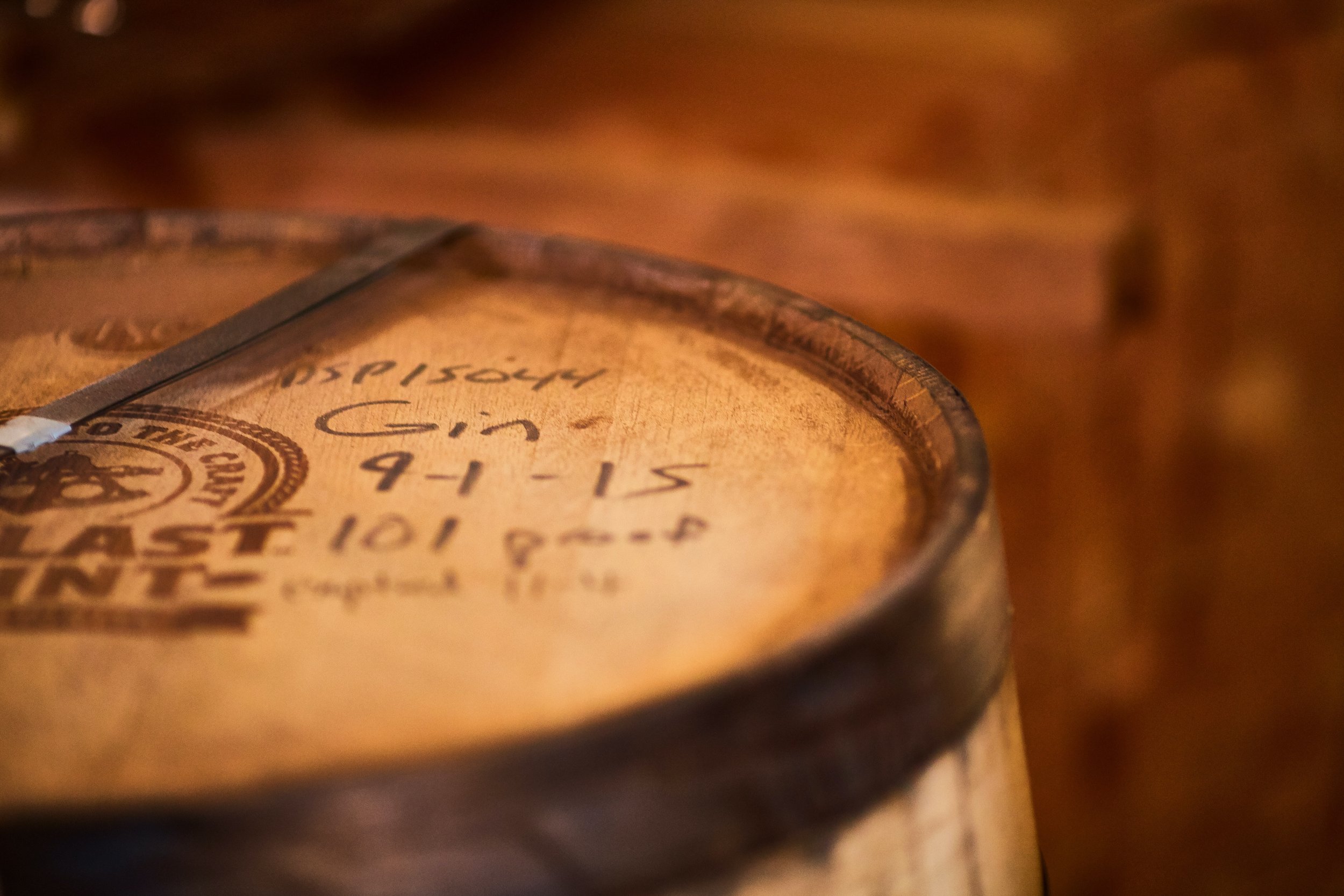
What the Ratings Mean
The Shorter Answer
Critics Choice
Recognizing that prices can range wildly for spirits and, increasingly, beers, this is a special commendation awarded to those products which stand out for both character and value
96-100
Stunning, a legitimate classic
90-95
Highly impressive, among the best of its kind
80-89
An excellent example of its category or style, a treat to sip and savour
70-79
Very good, will not disappoint
60-69
Perfectly good and unlikely to either inspire or offend
50-59
Problematic in some way, although not irredeemably so
< 50
Seriously flawed, avoid
(Prices shown represent an approximate range for the provinces where the beer or spirit is available, valid at the time of publication. Check local stores for greater accuracy.)
-
When I began rating beers and spirits back in the early 1990s, I followed the example of my mentor, Michael Jackson, and scored from one (“standard, but unimaginative and therefore unlikely to inspire”) to four stars (“a classic in every regard, a world-beater”). I liked then, and still like now, the way stars divert focus to the written review rather than emphasizing a numerical score.
However, times and reader expectations change, so I have elected to evolve alongside them.
The important element of any review on this site is and always will be the description. In any given beer, for example, I may subtract points for the presence of a compound called diacetyl, which typically produces a butterscotch character and is, in beer judging circles, generally viewed as a flaw. For the reader who enjoys such aromas and flavours, however, this might be seen as a plus, so a beer with diacetyl which would earn a lower rating from me could very well seem quite wonderful to them. Similarly, I could dock points for an overly oaky character in a whisky, whereas a reader might be actively searching for such attributes. So the words come first.
Owing to the ubiquity of 100 point scoring systems, I have elected to use my own version as described above. One important element that I believe worthy of note is the fact that, as the scale climbs towards 100, the difference between each point increases proportionally. So in the 60 to 69 point, ‘perfectly good,’ range, the difference between 62 and 64 point products is more-or-less negligible, whereas the difference between 94 and 96 point scorers separates a brand that is excellent from one which may be considered a world champion.
